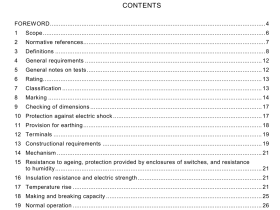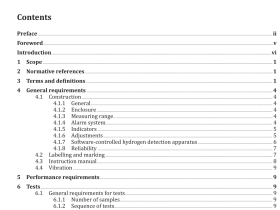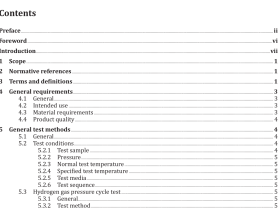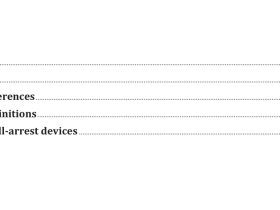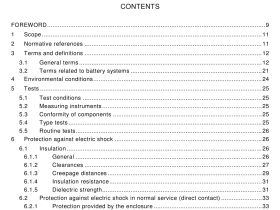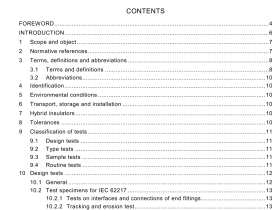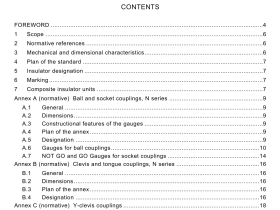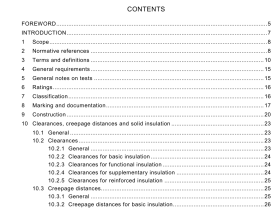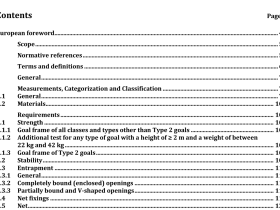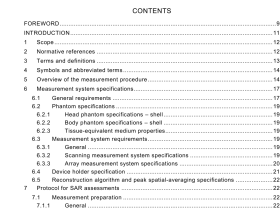AS 2758.0 pdf download
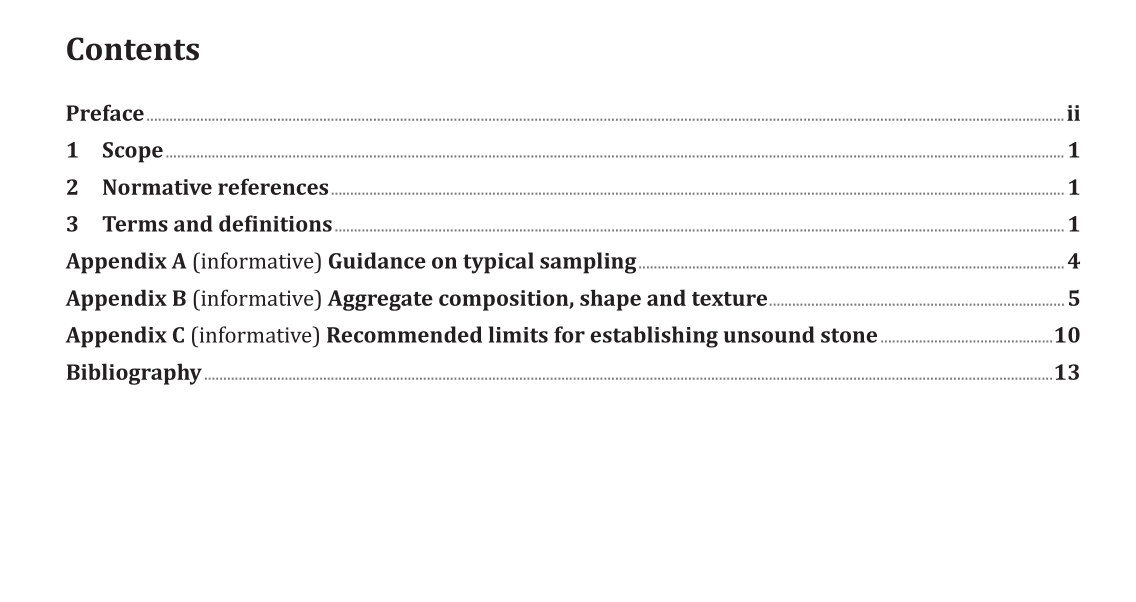
AS 2758.0 pdf download.Aggregates and rock for engineering purposes
Identification of the rock types to be used in the production of aggregate may provide an initial indication of suitability for purpose. However, it should be emphasized that rock type identification cannot substitute for the performance of the engineering tests detailed in the AS 2758 series. Simply because two sources have a similar rock type identification, it should never be assumed that they will have the same engineering properties. In most rocks the engineering properties are influenced by the primary mineralogy, the grain size and rock structure, secondary and adverse mineralogy, and the degree of weathering. Information and classification tables describing rock types, the properties of rock in situ and weathering classification tables are provided in AS 1726. While AS 1726 follows general geological practice, geological training is required for the satisfactory identification of rocks. The engineering properties of aggregates specified in the AS 2758 series and tested in accordance with the AS 1141 series cannot be inferred from rock descriptions in AS 1726 or the rock names in Table B.1. Table B.1 provides a general description of the more common rock types that may be used for aggregate in Australia. For details on primary and secondary mineralogy and information on the effects of mineralogy on the engineering properties of aggregate, refer to ASTM C295.
Adamellite acid intrusive rock that consists predominantly of quartz and equivalent percentages of plagioclase and orthoclase; the coarse-grained equivalent of rhyodacite Agglomerate pyroclastic rock with fragments greater than 32 mm Amphibolite metamorphic, coarse grained rock consisting of amphibole and plagioclase Andesite intermediate extrusive or hypabyssal rock with sodic plagioclase and little or no quartz. The fine-grained equivalent of diorite Arenite sedimentary rock consisting of sand-sized particles, irrespective of mineralogy; sandstone Argillite sedimentary or meta-sedimentary rock consisting of clay or silt-sized particles but generally more indurated than claystone or siltstone Arkose sandstone consisting of more than 25 % feldspar particles Basalt basic extrusive or hypabyssal rock comprised primarily of calcic plagioclase and pyroxene, with or without olivine. Also occurs as dykes; the fine-grained equivalent of a gabbro or dolerite; olivine basalts contain no quartz; tholeiitic basalts contain no olivine and may contain minor quartz Breccia sedimentary or volcanic rock containing coarse angular fragments, such as fault breccia, talus breccia and volcanic breccia. The coarse rock fragments are bound together in a fine matrix and may be cemented Caliche (var. calcrete) duricrust formed by groundwater deposition of calcium carbonate Chert cryptocrystalline a quartz formed by precipitation of silica
Conglomerate rounded, waterworn pebbles, cobbles or boulders, generally cemented in a sandstone matrix Dacite acid extrusive rock dominated by plagioclase and quartz; the fine-grained equivalent of granodiorite Diorite intermediate intrusive rock dominated by sodic plagioclase; the coarse-grained equivalent of andesite Dolerite medium-grained equivalent of basalt and gabbro Dolomite magnesian limestone (Ca partially replaced by Mg) Duricrust hardpan deposit formed by groundwater fluctuation (usually in a semi-arid environment) resulting in the mobilization of silica (silcrete), calcium (calcrete or caliche) or iron (ferricrete or laterite) Felsite rock with a cryptocrystalline a groundmass of feldspar and quartz Ferricrete duricrust formed by groundwater deposition of iron oxides Gabbro basic intrusive rock comprised primarily of calcic plagioclase and pyroxene, with or without olivine; the coarse-grained equivalent of basalt Gneiss metamorphic rock with alternating granular and schistose bands and lenses giving a foliated appearance Granite acid-intrusive rock that consists predominantly of orthoclase and quartz; the coarse-grained equivalent of rhyolite Granodiorite acid intrusive rock that consists predominantly of plagioclase and quartz; the coarse-grained equivalent of dacite; gradational to quartz diorite, which has a lower quartz content Greenstone weakly metamorphosed (altered) basalt that is greenish to grey as its name suggests Greywacke impure type of sandstone or gritstone composed of poorly sorted fragments of quartz, other minerals and rock; the coarser grains are usually strongly cemented in a fine matrix Hornfels fine-grained rock resulting from contact metamorphism.
